SCARS™ Insight: U.S. Government NIST Releases Version 1.0 of Government / Industry Privacy Framework
This U.S. National Institute Of Standards & Technology Tool Will Help Optimize The Beneficial Uses Of Online Data While Protecting Individual Privacy
Our data-driven society has a tricky balancing act to perform: building innovative products and services that use personal data while still protecting people’s privacy. To help organizations keep this balance, the National Institute of Standards and Technology (NIST) is offering a new tool for managing privacy risk for web and Application publishers.
The agency has just released Version 1.0 of the NIST Privacy Framework: A Tool for Improving Privacy through Enterprise Risk Management. Developed from a draft version in collaboration with a range of stakeholders, the framework provides a useful set of privacy protection strategies for organizations that wish to improve their approach to using and protecting personal data. The publication also provides clarification about privacy risk management concepts and the relationship between the Privacy Framework and NIST’s Cybersecurity Framework.
“Privacy is more important than ever in today’s digital age,” said Under Secretary of Commerce for Standards and Technology and NIST Director Walter G. Copan. “The strong support the Privacy Framework’s development has already received demonstrates the critical need for tools to help organizations build products and services providing real value while protecting people’s privacy.”
Personal data includes information about specific individuals, such as their addresses or Social Security numbers, that a company might gather and use in the normal course of business. Because this data can be used to identify the people who provide it, an organization must frequently take action to ensure it is not misused in a way that could embarrass, endanger or compromise the customers.
The NIST Privacy Framework is not a law or regulation, but rather a voluntary tool that can help organizations manage privacy risk arising from their products and services, as well as demonstrate compliance with laws that may affect them, such as the California Consumer Privacy Act and the European Union’s General Data Protection Regulation. It helps organizations identify the privacy outcomes they want to achieve and then prioritize the actions needed to do so.
“What you’ll find in the framework are building blocks that can help you achieve your privacy goals, which may include laws your organization needs to follow,” said Naomi Lefkovitz, a senior privacy policy advisor at NIST and leader of the framework effort. “If you want to consider how to increase customer trust through more privacy-protective products or services, the framework can help you do that. But we designed it to be agnostic to any law, so it can assist you no matter what your goals are.”
Privacy as a basic right in the USA has roots in the U.S. Constitution, but its application in the digital age is still evolving, in part because technology itself is changing at a rapidly accelerating pace. New uses for data pop up regularly, especially in the context of the internet of things and artificial intelligence, which together promise to gather and analyze patterns in the real world that previously have gone unrecognized. With these opportunities come new risks.
“A class of personal data that we consider to be of low-value today may have a whole new use in a couple of years,” Lefkovitz said, “or you might have two classes of data that are not sensitive on their own, but if you put them together they suddenly may become sensitive as a unit. That’s why you need a framework for privacy risk management, not just a checklist of tasks: You need an approach that allows you to continually reevaluate and adjust to new risks.”
The Privacy Framework 1.0 has an overarching structure modeled on that of the widely used NIST Cybersecurity Framework, and the two frameworks are designed to be complementary and also updated over time. Privacy and security are related but distinct concepts, Lefkovitz said, and merely adopting a good security posture does not necessarily mean that an organization is addressing all its privacy needs.
As with its draft version, the Privacy Framework centers on three sections: the Core, which offers a set of privacy protection activities; the Profiles, which help determine which of the activities in the Core an organization should pursue to reach its goals most effectively, and the Implementation Tiers, which help optimize the resources dedicated to managing privacy risk.
The NIST authors plan to continue building on their work to benefit the framework’s users. Digital privacy risk management is a comparatively new concept, and Lefkovitz said they received many requests for clarification about the nature of privacy risk, as well as for additional supporting resources.
“People continue to yearn for more guidance on how to do privacy risk management,” she said. “We have released a companion roadmap for the framework to point the way toward more research to address current privacy challenges, and we are building a repository of guidance resources to support implementation of the framework. We hope the community of users will contribute to it to advance privacy for the good of all.”
To Learn More About The NIST Privacy Framework go here: https://www.nist.gov/privacy-framework »
Portions courtesy of NIST
TAGS: SCARS, Important Article, Information About Scams, Anti-Scam, NIST, U.S. National Institute Of Standards & Technology, Online Privacy, Privacy Protection, , User Privacy, Privacy Framework
PLEASE SHARE OUR ARTICLES WITH YOUR CONTACTS
HELP OTHERS STAY SAFE ONLINE
SCARS™ Team
Society of Citizens Against Relationship Scams Inc.
A U.S. Based Crime Victims Assistance Nonprofit Organization
The Latest SCARS Posts:
FIND MORE SCAM NEWS
«SCAMCRIME.COM»
JOIN US ON FACEBOOK
«CLICK HERE»
END
MORE INFORMATION
– – –
Tell us about your experiences with Romance Scammers in our
« Scams Discussion Forum on Facebook »
– – –
FAQ: How Do You Properly Report Scammers?
It is essential that law enforcement knows about scams & scammers, even though there is nothing (in most cases) that they can do.
Always report scams involving money lost or where you received money to:
- Local Police – ask them to take an “informational” police report – say you need it for your insurance
- U.S. State Police (if you live in the U.S.) – they will take the matter more seriously and provide you with more help than local police
- Your National Police or FBI « www.IC3.gov »
- The SCARS|CDN™ Cybercriminal Data Network – Worldwide Reporting Network on « www.Anyscam.com »
This helps your government understand the problem, and allows law enforcement to add scammers on watch lists worldwide.
– – –
To learn more about SCARS visit « www.AgainstScams.org »
Please be sure to report all scammers
on « www.Anyscam.com »
Disclaimer:
SCARS IS A DIGITAL PUBLISHER AND DOES NOT OFFER HEALTH OR MEDICAL ADVICE, LEGAL ADVICE, FINANCIAL ADVICE, OR SERVICES THAT SCARS IS NOT LICENSED OR REGISTERED TO PERFORM.
IF YOU’RE FACING A MEDICAL EMERGENCY, CALL YOUR LOCAL EMERGENCY SERVICES IMMEDIATELY, OR VISIT THE NEAREST EMERGENCY ROOM OR URGENT CARE CENTER. YOU SHOULD CONSULT YOUR HEALTHCARE PROVIDER BEFORE FOLLOWING ANY MEDICALLY RELATED INFORMATION PRESENTED ON OUR PAGES.
ALWAYS CONSULT A LICENSED ATTORNEY FOR ANY ADVICE REGARDING LEGAL MATTERS.
A LICENSED FINANCIAL OR TAX PROFESSIONAL SHOULD BE CONSULTED BEFORE ACTING ON ANY INFORMATION RELATING TO YOUR PERSONAL FINANCES OR TAX RELATED ISSUES AND INFORMATION.
This content and other material contained on the website, apps, newsletter, and products (“Content”), is general in nature and for informational purposes only and does not constitute medical, legal, or financial advice; the Content is not intended to be a substitute for licensed or regulated professional advice. Always consult your doctor or other qualified healthcare provider, lawyer, financial or tax professional with any questions you may have regarding the educational information contained herein. SCARS makes no guarantees about the efficacy of information described on or in SCARS’s Content. The information contained are subject to change and are not intended to cover all possible situations or effects. SCARS does not recommend or endorse any specific professional or care provider, product, service, or other information that may be mentioned in SCARS’s websites, apps, and Content unless explicitly identified as such.
The disclaimers herein are provided on this page for ease of reference. These disclaimers supplement and are a part of SCARS’s websites Terms of Use.
Legal Notices:
All original content is Copyright © 1991 – 2020 Society of Citizens Against Relationship Scams Inc. (D.B.A SCARS) All Rights Reserved Worldwide & Webwide. Third-party copyrights acknowledge.
SCARS, SCARS|INTERNATIONAL, SCARS, SCARS|SUPPORT, SCARS, RSN, Romance Scams Now, SCARS|WORLDWIDE, SCARS|GLOBAL, SCARS, Society of Citizens Against Relationship Scams, Society of Citizens Against Romance Scams, SCARS|ANYSCAM, Project Anyscam, Anyscam, SCARS|GOFCH, GOFCH, SCARS|CHINA, SCARS|CDN, SCARS|UK, SCARS|LATINOAMERICA, SCARS|MEMBER, SCARS|VOLUNTEER, SCARS Cybercriminal Data Network, Cobalt Alert, Scam Victims Support Group, are all trademarks of Society of Citizens Against Relationship Scams Inc.
Contact the law firm for the Society of Citizens Against Relationship Scams Incorporated by email at legal@AgainstScams.org
-/ 30 /-
What do you think about this?
Please share your thoughts in a comment below!
Article Rating
Table of Contents
- This U.S. National Institute Of Standards & Technology Tool Will Help Optimize The Beneficial Uses Of Online Data While Protecting Individual Privacy
- To Learn More About The NIST Privacy Framework go here: https://www.nist.gov/privacy-framework »
- United States Scam Center Strike Force – 2025 – VIDEO
- The Scam States of Southeast Asia – 2025-2026
- Yangyang Sweet / 阳阳 Sweet – Impersonation Victim – Used By Scammers – 2025
- Elicitation – A Scammer’s Manipulation Technique – 2025
- SCARS Institute’s New Survivor Community – www.SCARScommunity.org – 2025
- WARNING: AI-Enabled Browsers Pose a Cybersecurity Risk – 2025
RATE THIS ARTICLE?
LEAVE A COMMENT?
Recent Comments
On Other Articles
- Nikolaus on Dating Scammers Paradise: Ivory Coast: “The Ivory Coast romance scam is still going on. It seems that local authorities don’t handle the issue effectively!” Dec 10, 02:17
- on The SCARS Institute Top 50 Celebrity Impersonation Scams – 2025: “Thank you – we will.” Dec 7, 11:41
- on The SCARS Institute Top 50 Celebrity Impersonation Scams – 2025: “You should add Sean Bean to your list of Celebrities. This one is very good, and persistent. He will be…” Dec 2, 12:07
- on How You Think & Talk About Your Scam Affects Your Recovery: “I have hung on to the scams for far too long. With the intervention of an all-merciful God, I have…” Nov 6, 22:13
- on Disengaging From A Fake Scam Relationship: “Taci, you may want to join our new support community at www.SCARScommunity.org” Nov 6, 03:01
- on Disengaging From A Fake Scam Relationship: “This particular article helped me discover the many things I did wrong the first time I was scammed. I should…” Nov 5, 22:49
- on About the SCARS RomanceScamsNOW.com Website – 24 Years Published: “It was unavailable for a few days, but it is available again. If he would be interested, he is welcome…” Nov 5, 00:59
- on About the SCARS RomanceScamsNOW.com Website – 24 Years Published: “My husband has been scammed and your classes have been helping him but now he can’t seem to access them.…” Oct 26, 14:57
- on Talia Shepard – Impersonation Victim – Stolen Photos – 2024: “Hi, I’m Patrick from Belgium and I found this site by chance, so I just got to know it, and…” Oct 17, 23:46
- on Talia Shepard – Impersonation Victim – Stolen Photos – 2024: “Hallo ik ben Patrick uit Belgie en het is in verband over PayPal. Ik heb het dit jaar spijtig genoeg…” Oct 17, 23:08
ARTICLE META
Important Information for New Scam Victims
- Please visit www.ScamVictimsSupport.org – a SCARS Website for New Scam Victims & Sextortion Victims
- Enroll in FREE SCARS Scam Survivor’s School now at www.SCARSeducation.org
- Please visit www.ScamPsychology.org – to more fully understand the psychological concepts involved in scams and scam victim recovery
If you are looking for local trauma counselors please visit counseling.AgainstScams.org or join SCARS for our counseling/therapy benefit: membership.AgainstScams.org
If you need to speak with someone now, you can dial 988 or find phone numbers for crisis hotlines all around the world here: www.opencounseling.com/suicide-hotlines
A Note About Labeling!
We often use the term ‘scam victim’ in our articles, but this is a convenience to help those searching for information in search engines like Google. It is just a convenience and has no deeper meaning. If you have come through such an experience, YOU are a Survivor! It was not your fault. You are not alone! Axios!
A Question of Trust
At the SCARS Institute, we invite you to do your own research on the topics we speak about and publish, Our team investigates the subject being discussed, especially when it comes to understanding the scam victims-survivors experience. You can do Google searches but in many cases, you will have to wade through scientific papers and studies. However, remember that biases and perspectives matter and influence the outcome. Regardless, we encourage you to explore these topics as thoroughly as you can for your own awareness.
Statement About Victim Blaming
Some of our articles discuss various aspects of victims. This is both about better understanding victims (the science of victimology) and their behaviors and psychology. This helps us to educate victims/survivors about why these crimes happened and to not blame themselves, better develop recovery programs, and to help victims avoid scams in the future. At times this may sound like blaming the victim, but it does not blame scam victims, we are simply explaining the hows and whys of the experience victims have.
These articles, about the Psychology of Scams or Victim Psychology – meaning that all humans have psychological or cognitive characteristics in common that can either be exploited or work against us – help us all to understand the unique challenges victims face before, during, and after scams, fraud, or cybercrimes. These sometimes talk about some of the vulnerabilities the scammers exploit. Victims rarely have control of them or are even aware of them, until something like a scam happens and then they can learn how their mind works and how to overcome these mechanisms.
Articles like these help victims and others understand these processes and how to help prevent them from being exploited again or to help them recover more easily by understanding their post-scam behaviors. Learn more about the Psychology of Scams at www.ScamPsychology.org
Psychology Disclaimer:
All articles about psychology and the human brain on this website are for information & education only
The information provided in this article is intended for educational and self-help purposes only and should not be construed as a substitute for professional therapy or counseling.
While any self-help techniques outlined herein may be beneficial for scam victims seeking to recover from their experience and move towards recovery, it is important to consult with a qualified mental health professional before initiating any course of action. Each individual’s experience and needs are unique, and what works for one person may not be suitable for another.
Additionally, any approach may not be appropriate for individuals with certain pre-existing mental health conditions or trauma histories. It is advisable to seek guidance from a licensed therapist or counselor who can provide personalized support, guidance, and treatment tailored to your specific needs.
If you are experiencing significant distress or emotional difficulties related to a scam or other traumatic event, please consult your doctor or mental health provider for appropriate care and support.
Also read our SCARS Institute Statement about Professional Care for Scam Victims – click here to go to our ScamsNOW.com website.



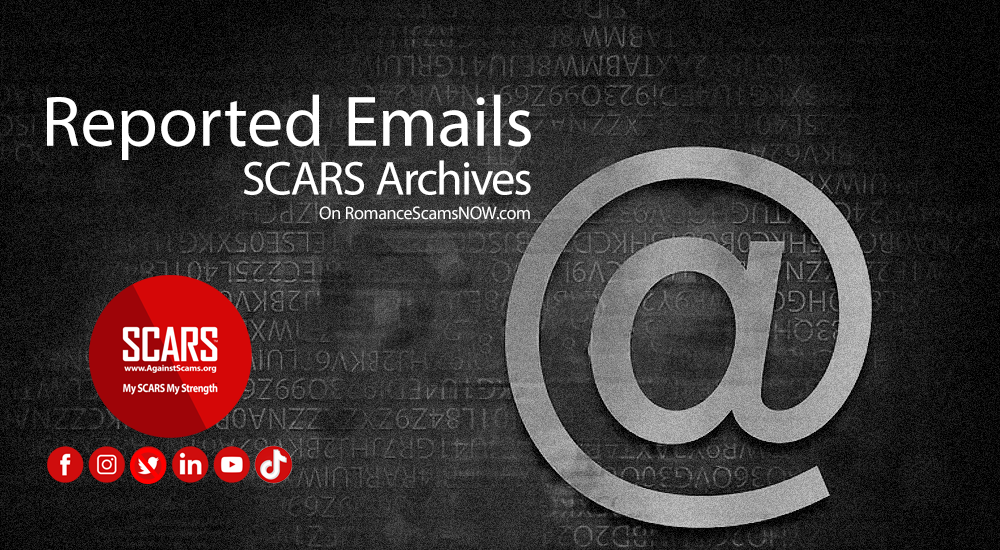




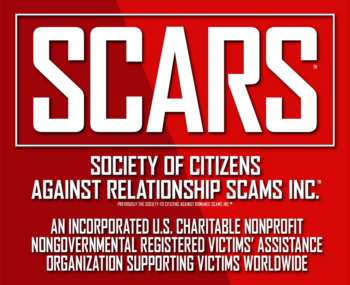






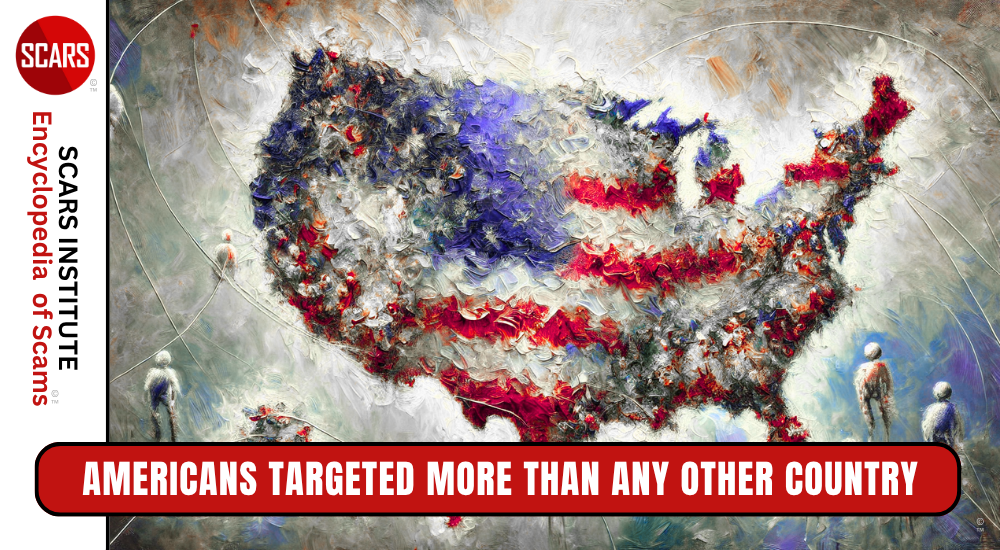

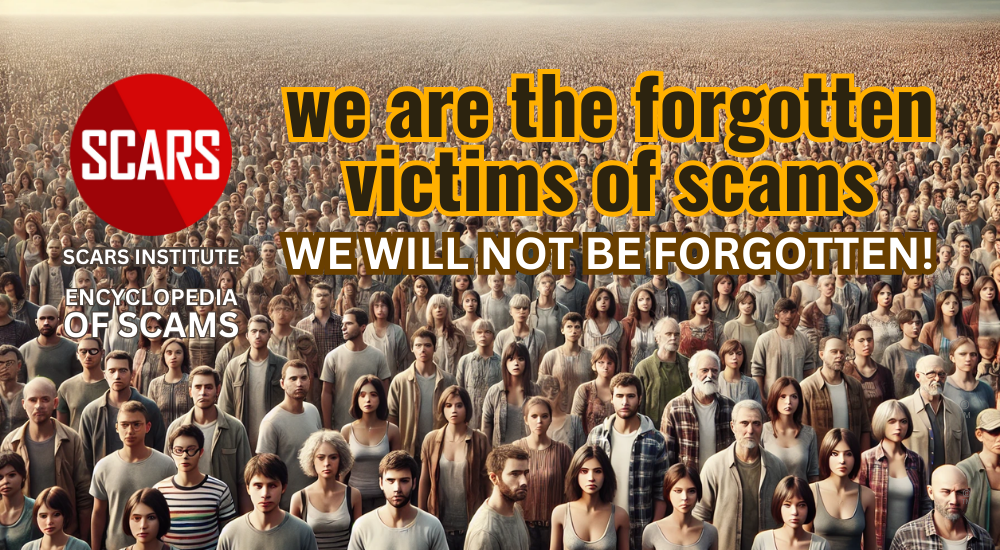


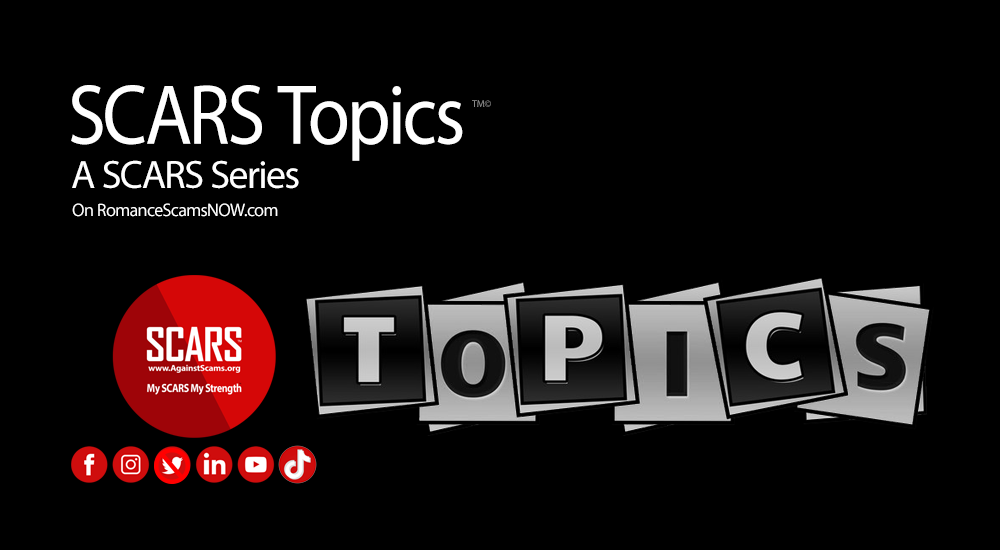




Thank you for your comment. You may receive an email to follow up. We never share your data with marketers.